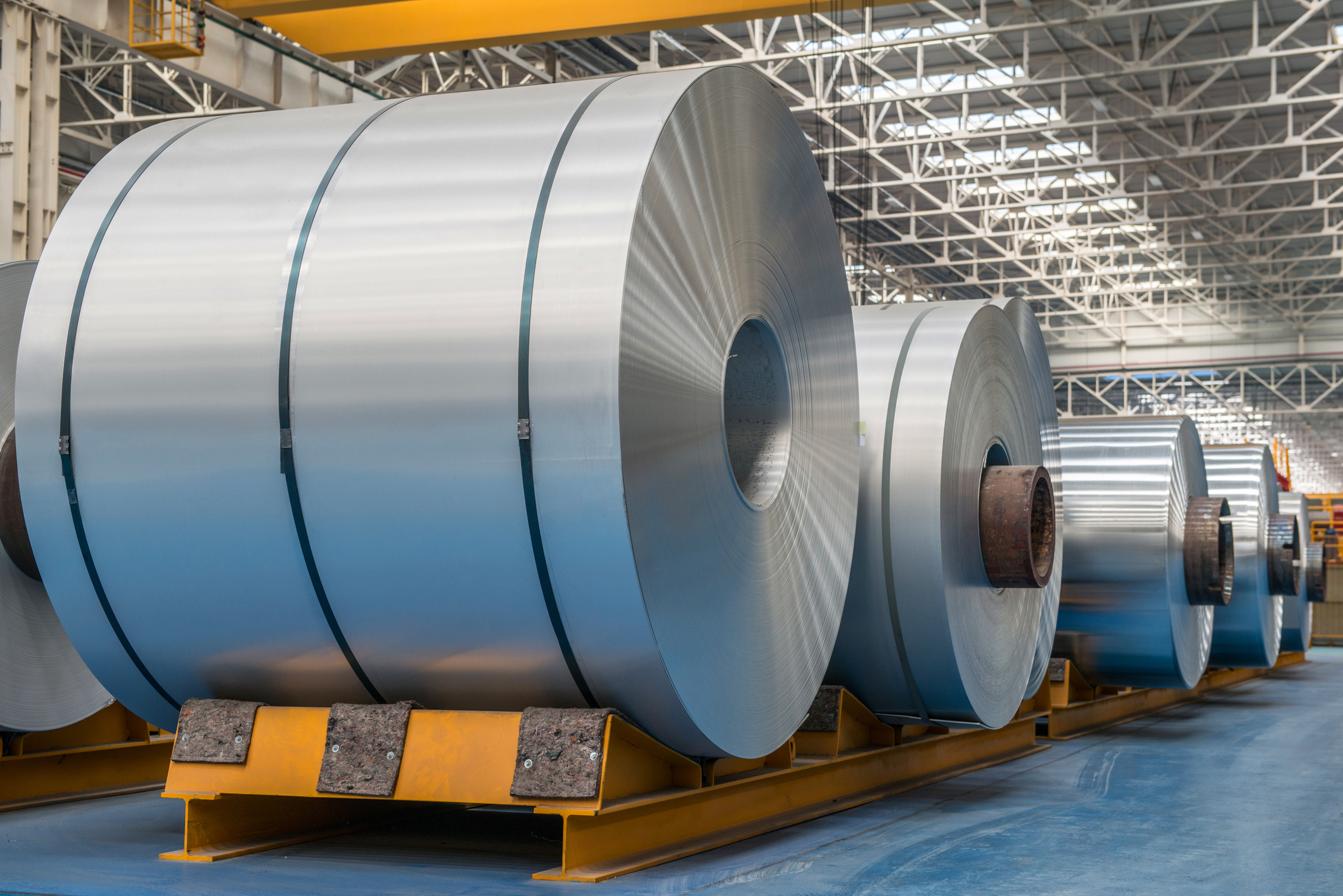AISI: U.S. Steel Imports Declined in June and Continued Downward Trend in H1

According to preliminary data released by the American Iron and Steel Institute (AISI) and sourced from the U.S. Census Bureau, total U.S. steel imports declined in June 2025 to 2.25 million net tons (NT), down 9.6% from the previous month. Finished steel imports also fell by 7.6% month-over-month to 1.64 million NT.
Year-to-date, total steel imports through June are down 4.7%, while finished steel imports have dropped 7.8% compared to the same period in 2024. Over the most recent 12-month period—from July 2024 to June 2025—total and finished steel imports fell by 1.2% and 1.6%, respectively, compared to the prior year.
According to AISI estimates, finished steel accounted for approximately 19% of the U.S. market in June and holds a 21% market share year-to-date.
Despite the overall decline, several product categories experienced sharp increases in June imports. Rebar imports surged by 71% from May, followed by wire rods (up 41%), cut length plates (up 26%), standard pipe (up 21%), and hot-dipped galvanized sheet and strip (up 21%). On a 12-month comparison, imports of tin plate rose significantly by 84%, while wire rods and line pipe increased by 17% and 13%, respectively.
In terms of country of origin, Brazil remained the largest supplier in June, exporting 422,000 NT of steel to the U.S.—a 5% increase over May. Other major suppliers included Canada (343,000 NT, down 15%), Mexico (194,000 NT, down 35%), South Korea (180,000 NT, down 42%), and Vietnam (136,000 NT, up 40%).
Over the 12-month period ending in June 2025, Canada remained the top exporter to the U.S., supplying nearly 5.9 million NT, despite a 13% year-on-year drop. Brazil followed with 4.57 million NT (up 4%), while Mexico, South Korea, and Germany supplied 3.35 million NT (down 12%), 2.74 million NT (down 3%), and 1.25 million NT (up 31%), respectively.
The data suggest that while the U.S. continues to rely heavily on North and South American steel sources, volatility in monthly imports and shifts in finished steel product types are reshaping import dynamics in 2025.
Source: AISI






